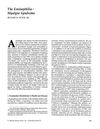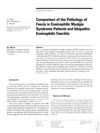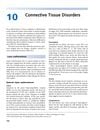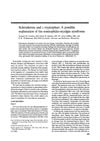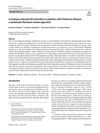Eosinophilic Fasciitis Associated With Tryptophan Ingestion
February 1991
in “
Archives of dermatology
”
eosinophilic fasciitis tryptophan eosinophilia-myalgia syndrome elevated eosinophil counts myalgias skin tightness pruritus extremity swelling rashes weakness malaise arthralgias cutaneous burning fevers muscle spasms alopecia sclerotic diseases eosinophilic fasciitis tryptophan EMS high eosinophil counts muscle pain skin tightness itching swelling rashes weakness malaise joint pain skin burning fevers muscle spasms hair loss sclerotic diseases
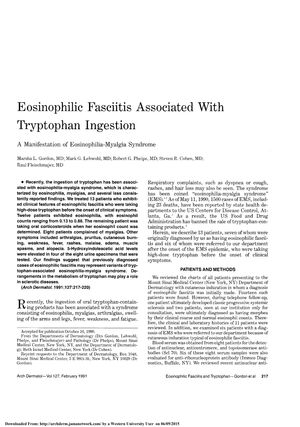
TLDR High doses of tryptophan may cause eosinophilic fasciitis.
The study from 1991 described 13 patients who developed eosinophilic fasciitis after ingesting high doses of tryptophan, suggesting a link between tryptophan ingestion and eosinophilia-myalgia syndrome (EMS). Common symptoms included elevated eosinophil counts, myalgias, skin tightness, pruritus, extremity swelling, rashes, weakness, malaise, arthralgias, cutaneous burning, fevers, muscle spasms, and alopecia. The findings indicated that tryptophan and its metabolites might play a role in sclerotic diseases, and the clinical picture of EMS closely resembled that of eosinophilic fasciitis. The study supported the hypothesis that previously diagnosed cases of eosinophilic fasciitis could be variants of tryptophan-associated EMS, although not all patients with eosinophilic fasciitis had taken tryptophan. Patients diagnosed with eosinophilic fasciitis were advised to discontinue tryptophan use.
